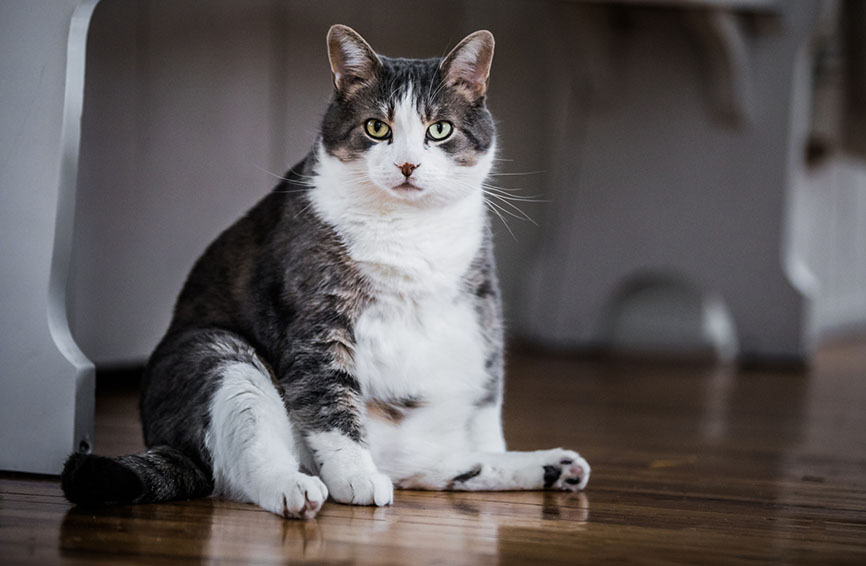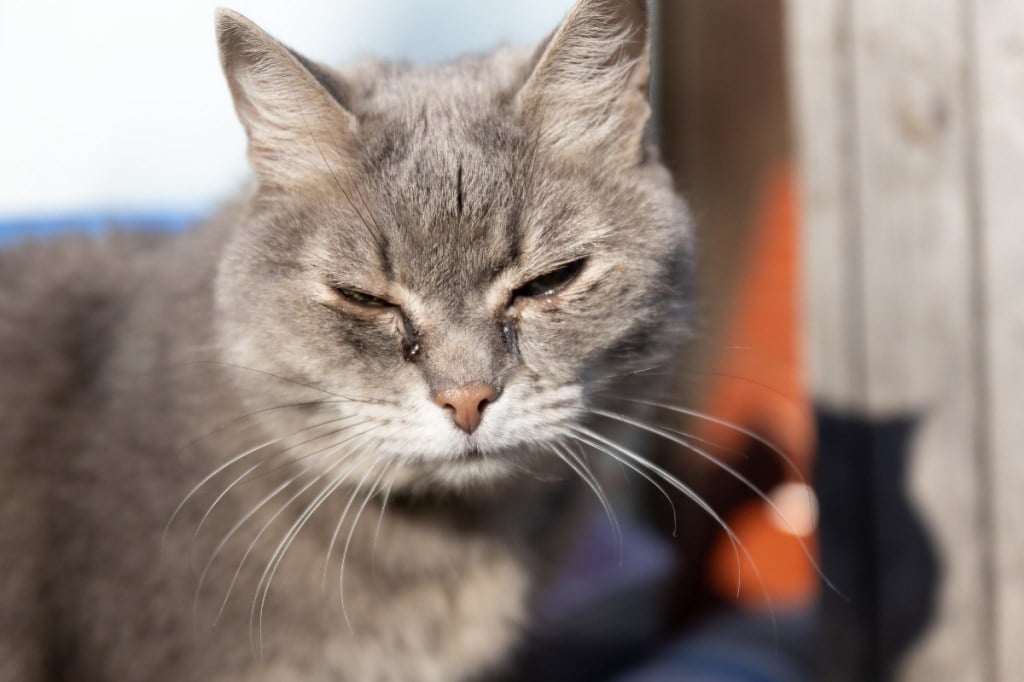Table of Contents
This disease isn’t transmitted via a virus, bacteria, or parasite; like cancer, it has no known cause, but there are several factors thought to increase a cat’s risk of developing it. Hyperthyroidism is a condition where a cat’s thyroid gland produces a surplus of a hormone that increases metabolism. The symptoms of hyperthyroidism are distinct and noticeable. There is no cure for the disease, but it can be managed with the help of drug therapy or surgery.
Causes
There is no one factor that determines if your pet will develop hyperthyroidism. This disease is not inherited genetically and is not contagious. Age can play a factor; the average age of diagnosis is 13 years old, with most cases developing in middle-aged to older cats. Thyroid cancer is rare but can also lead to hyperthyroidism. Some canned food diets have been thought to lead to the disease as well, but this hasn’t been fully proven.
Symptoms
Since hyperthyroidism speeds up your pet’s metabolism – the process of converting food into energy – weight loss, and increased appetite and thirst will result. Changes in bathroom habits like diarrhea, vomiting, and increased urination can arise. Hyperthyroidism affects multiple organ systems, since they all rely on food for energy. Rapid breathing, difficulty breathing, and rapid heart rate indicate the disease is progressing. Physical signs of hyperthyroidism include “unkempt” appearance (ragged, dull coat), poor muscle tone, thickened claws, and an enlarged thyroid gland – this can be felt as a lump on the neck. Hyperactivity and aggression are behavioral indicators.
Diagnosis and Treatment
Since the above symptoms can also be indicative of several other conditions, many tests will be conducted on your pet, including urine and stool samples, blood work, a physical examination, and potentially an ultrasound. When other diseases have been ruled out, several tests to assess thyroid function and structure may be performed.
Your veterinarian will prescribe drugs that inhibit thyroid hormone production. In some cases, the vet will recommend surgical removal of the defective thyroid gland. However, this is often risky as removal of both glands can lead to the opposite of hyperthyroidism – hypothyroidism. If only one gland is removed, the remaining one may overcompensate, leading to hyperthyroidism again. Radiation therapy is also an option.
Management
In cases where the condition has progressed to multiple organ systems, dietary changes are sometimes required. Follow-up vet appointments will be required to test your cat’s hormone levels and check if treatment is working. Cats who undergo surgery to remove the thyroid gland must also make future appointments with their vet to ensure there are no complications and that the surgery was successful.
Hyperthyroidism is a diseases that affects your cat’s ability to convert food into energy. Since food is required to power the body, this condition can affect several organ systems and result in behavioral, gastrointestinal, physical, renal, respiratory, and cardiovascular symptoms. As you pet ages, it’s essential to keep a close eye on them; many diseases like cancer, hyper- and hypothyroidism, and diabetes can all emerge. Hyperthyroidism is a common, easily treatable condition. With the proper treatment and management, your cat will lead a long, happy life.
The content is not intended to be a substitute for professional veterinarian advice, diagnosis, or treatment. Always seek the advice of your veterinarian or other qualified health provider with any questions you may have regarding a medical diagnosis, condition, or treatment options.






